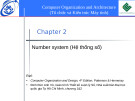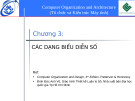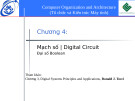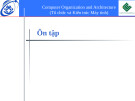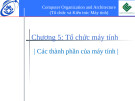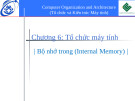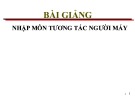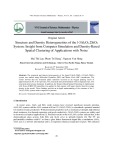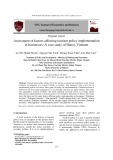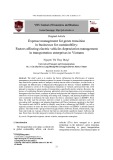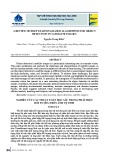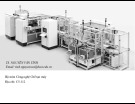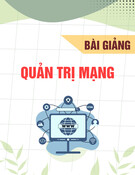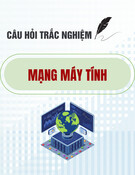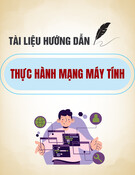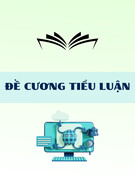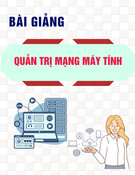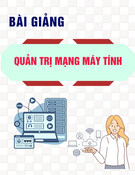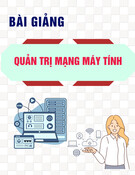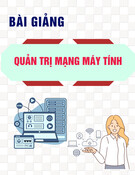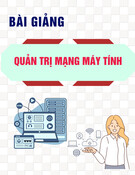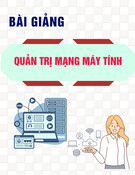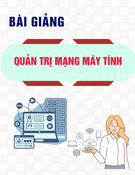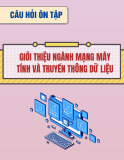© 2002, Cisco Systems, Inc. All rights reserved.
Redundant Topology Overview
© 2002, Cisco Systems, Inc. All rights reserved. © 2002, Cisco Systems, Inc. All rights reserved. ICND v2.0—3-2 2
Objectives
Upon completing this lesson, you will be able to: • Describe the features of redundant switch and
bridge topologies
• Explain the problems associated with broadcast storms, multiple frame transmissions, and MAC address table instability
• Describe loop avoidance and explain how it can
solve redundant switch topology issues
© 2002, Cisco Systems, Inc. All rights reserved. ICND v2.0—3-3
Redundant Topology
• Redundant topology eliminates single points of failure. • Redundant topology causes broadcast storms, multiple
frame copies, and MAC address table instability problems.
© 2002, Cisco Systems, Inc. All rights reserved. ICND v2.0—3-4
Broadcast Storms
• Host X sends a broadcast. • Switches continue to propagate broadcast traffic
over and over.
© 2002, Cisco Systems, Inc. All rights reserved. ICND v2.0—3-5
Multiple Frame Copies
• Host X sends a unicast frame to router Y. • MAC address of router Y has not been learned by either
switch yet.
• Router Y will receive two copies of the same frame.
© 2002, Cisco Systems, Inc. All rights reserved. ICND v2.0—3-6
MAC Database Instability
• Host X sends a unicast frame to router Y. • MAC address of router Y has not been learned by either switch. • Switches A and B learn the MAC address of host X on port 0. • The frame to router Y is flooded. • Switches A and B incorrectly learn the MAC address of host X on port 1.
© 2002, Cisco Systems, Inc. All rights reserved. ICND v2.0—3-7
Summary
• Bridged and switched networks are commonly
designed with redundant links and devices, which can introduce problems, such as broadcast storms, multiple frame transmission, and MAC database instability.
• A broadcast storm is when each switch on a redundant
network floods broadcast frames endlessly.
• In a redundant topology, multiple copies of the same
frame can arrive at the intended host, potentially causing problems with the receiving protocol.
• MAC database instability results when multiple copies
of a frame arrive on different ports of a switch.
© 2002, Cisco Systems, Inc. All rights reserved. ICND v2.0—3-8




